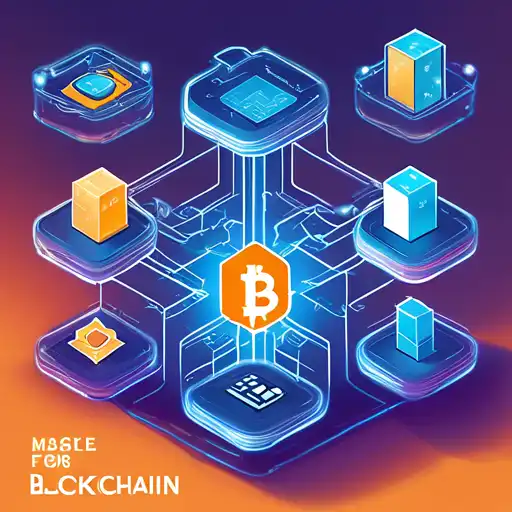What Is Blockchain?
Blockchain technology is a decentralized digital ledger that records transactions across many computers in such a way that the registered transactions cannot be altered retroactively. This technology is the backbone of cryptocurrencies like Bitcoin, but its potential applications extend far beyond digital currencies.
How Does Blockchain Work?
At its core, a blockchain is a chain of blocks, where each block contains a list of transactions. Each block is connected to the previous one through a cryptographic hash, forming a chain. This structure ensures the integrity and security of the data.
Benefits of Blockchain Technology
Blockchain offers several advantages, including:
- Transparency: All transactions are visible to all participants, ensuring trust among users.
- Security: The decentralized nature and cryptographic hashing make blockchain highly secure against fraud and hacking.
- Efficiency: By eliminating intermediaries, blockchain can reduce transaction times and costs.
Common Misconceptions About Blockchain
Many people associate blockchain solely with cryptocurrencies, but its applications are vast, ranging from supply chain management to voting systems. Another misconception is that blockchain is completely anonymous; however, it's more accurate to say it's pseudonymous.
Getting Started with Blockchain
For beginners interested in exploring blockchain, here are some steps to get started:
- Educate yourself on the basics of blockchain and cryptocurrencies.
- Experiment with small transactions using a cryptocurrency wallet.
- Explore blockchain platforms like Ethereum, which allow for the development of decentralized applications.
Blockchain technology is still in its early stages, and its full potential is yet to be realized. By understanding the basics now, you can position yourself at the forefront of this revolutionary technology.
For more information on related topics, check out our guides on Cryptocurrency Basics and Decentralized Applications.
